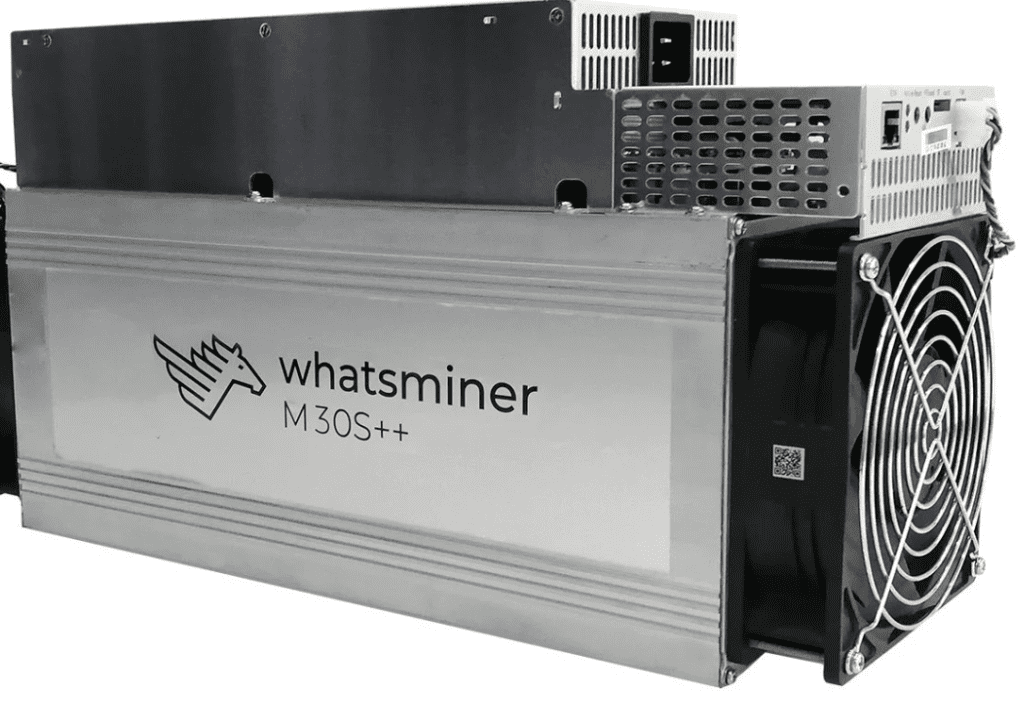The world of cryptocurrency mining has witnessed a remarkable evolution in hardware technology. What began with regular computers and CPUs has now transitioned to Application-Specific Integrated Circuits (ASICs). In this article, we’ll embark on a journey through the history of mining hardware, tracing the path from humble beginnings to today’s cutting-edge ASICs.
The CPU Era
In the early days of cryptocurrencies, Bitcoin’s creator, Satoshi Nakamoto, designed mining to be a decentralized process that could be executed on ordinary computers. Miners used central processing units (CPUs) to solve cryptographic puzzles and validate transactions, earning Bitcoin as a reward. However, CPU mining was soon overshadowed by more efficient technologies.
The GPU Mining
Enter graphics processing units (GPUs). Miners soon realized that GPUs, designed for rendering complex graphics in video games, were incredibly efficient at performing the repetitive calculations required for mining. This transition marked a substantial increase in mining power and remains a popular choice for many cryptocurrencies today.
The Emergence of FPGAs
As cryptocurrency networks grew more competitive, miners continued their quest for greater efficiency. Field-Programmable Gate Arrays (FPGAs) represented an intermediary step between GPUs and ASICs. Miners could program these devices for specific mining algorithms, providing an edge over GPU miners.

ASICs: The Specialized Powerhouses
The ultimate milestone in mining hardware evolution is the rise of Application-Specific Integrated Circuits (ASICs). These machines are custom-built to perform a single task with unparalleled efficiency. For cryptocurrency mining, ASICs dominate the scene, leaving CPUs and GPUs in the dust.
Efficiency and Energy Consumption
ASICs have revolutionized mining through their exceptional efficiency and reduced energy consumption. Their specialized nature allows them to perform hashing operations many times faster than general-purpose CPUs or GPUs, making them the go-to choice for miners aiming for profitability.
The Decentralization Challenge
While ASICs have brought enormous benefits to mining, they’ve also raised concerns about centralization. The high costs and specialized nature of ASICs can exclude individuals and smaller mining operations from participating in network validation.
ASIC-Resistant Coins
Some cryptocurrency projects have sought to resist ASICs, aiming to maintain network decentralization. They design algorithms that are less suitable for ASIC mining, favoring CPUs or GPUs. This approach is at the heart of debates about the centralization of mining power.
Conclusion
The journey of mining hardware, from CPUs to ASICs, encapsulates the relentless pursuit of efficiency and profitability in the cryptocurrency mining landscape. As technology continues to advance, miners must adapt to these changes, weighing the pros and cons of different hardware options.
While ASICs have become the mining powerhouse, the debate about decentralization remains a pivotal topic, shaping the future of cryptocurrency networks. Understanding this evolution is essential for those seeking to navigate the ever-changing world of cryptocurrency mining.



